July 20, 2023
Paul Bracq’s genius as an automotive designer was clear right from the beginning of his career. In the golden years of automobile engineering, he was part of the Mercedes-Benz team that created modern masterpieces such as the 280 SL Pagoda. At its release in 1967, the final evolution of the Pagoda series was considered the most advanced of the SL-Class to date. In the 21st century, it continues to be one of the most sought after car models from the Mercedes marque, validating its status as a true timeless classic.
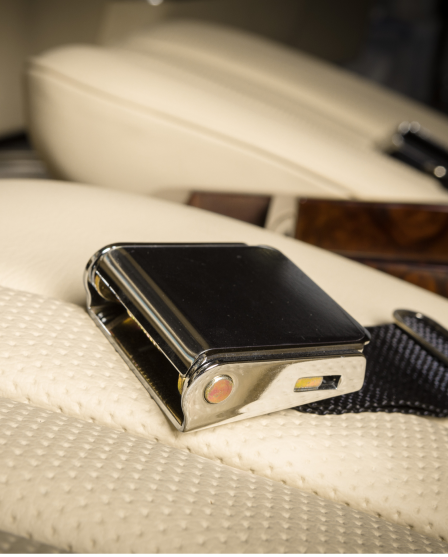
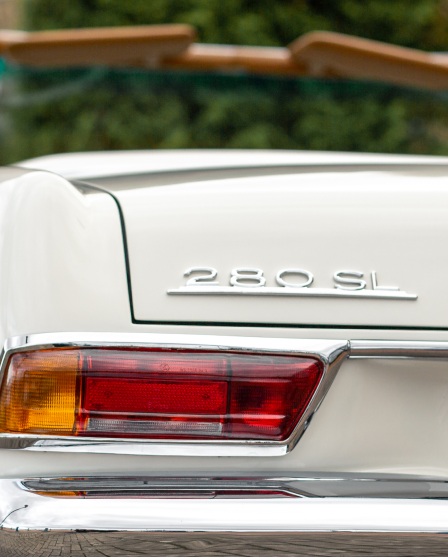
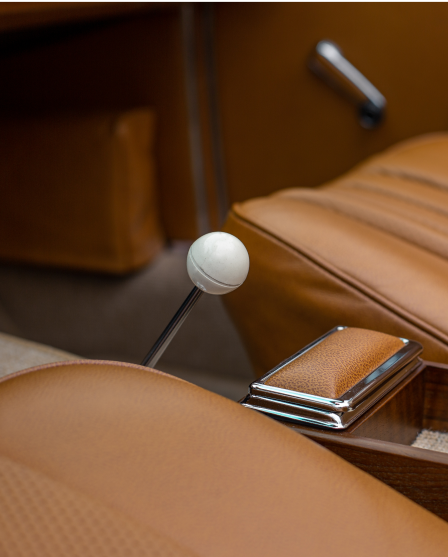
“I always look for simplicity. It is hard to be simple, but that’s how it must be. Elegance is simple”
Paul Bracq
video sub title
video title
video description
As a young man, revered body designer Paul Bracq, left Bordeaux and attended École Boulle in Paris to study wood carving. But his true passion since childhood was designing cars. Soon after he graduated, his work was published in L’Automobile magazine, which caught the attention of notable car designer, Philippe Charbonneaux. He offered young Bracq a place in his studio where he quickly built his skills and expertise and was well on his way to achieving his lifelong dream. And Charbonneaux’s studio is where Bracq might have made his name. Had his time not been cut short by being drafted into the French Air Force in 1954 – a serendipitous event that resulted in Bracq creating close contact with Mercedes-Benz while posted in Germany.
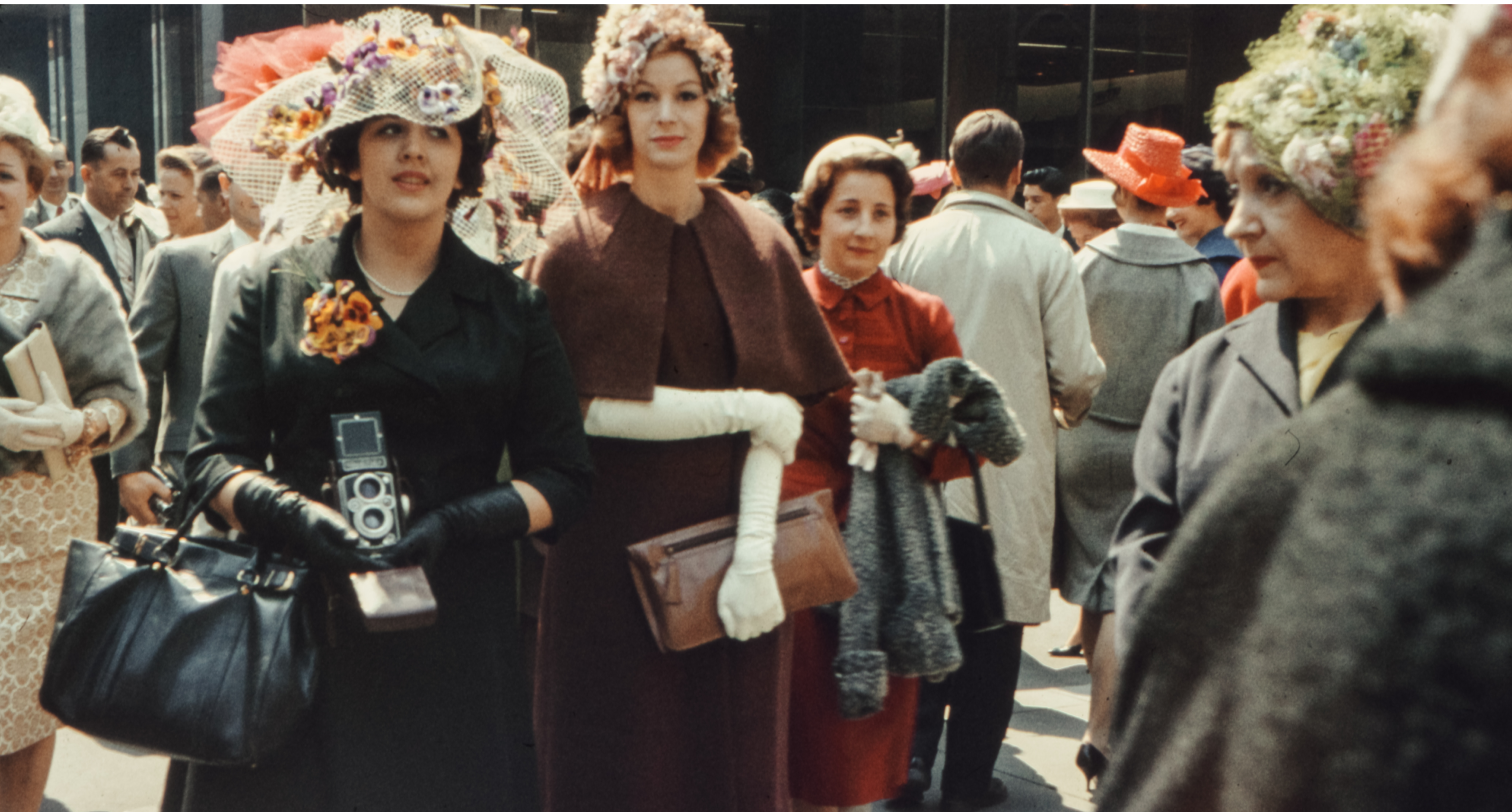
“I had my most wonderful and happy years at Daimler-Benz – a period of around ten years, from 1957 to the late 1960s. That time was the heyday of automobile engineering.”
Paul Bracq
By impressing Mercedes’ head of body development, Karl Wilfert, with his sketches, Bracq was able to secure the first ever position in the newly formed Mercedes styling department. This role was specially created to help Mercedes keep ahead of the trends in modern aesthetics, so that they could produce the new generation in automobiles. And from growing his skills in image rendering for marketing materials, right up to body design and development, Bracq’s career at Mercedes went from strength to strength – culminating in the creation of the Pagoda series in the 1960s.
By the time the swinging sixties came along, Mercedes were eager to create a model that could replace both the 300 SL and the 190 SL, while combining the power and performance of the former with the affordability and road-friendly design of the latter. The first Pagoda was created in 1963 when the 230 SL debuted at the Geneva Motor Show. Here was when the press first dubbed the car the ‘Pagoda’ due to its distinctive rooftop. Over the next four years, the 250 SL and finally, the 280 SL would go into production improving on agility, power and performance with each evolution.
Working with fellow Mercedes masters such as Friedrich Geiger, Béla Barényi and Karl Wilfert, Bracq and the team prioritised safety, space and visibility to design the beloved Pagoda roof. It was the perfect example of function dictating form. The square, slightly concave and thin panelling of the roof was the solution to a multitude of concerns. It improved access in and out of the car, flooded the interiors with light, increased the driver’s periphery and importantly, created a better connection between the passengers and the outside world. All while keeping the car stable in the event of being overturned. As a bonus, the roof was strong enough to be climbed on and used as a platform by journalists photographing car races. Or it could be completely taken down to create an even more open driving experience.
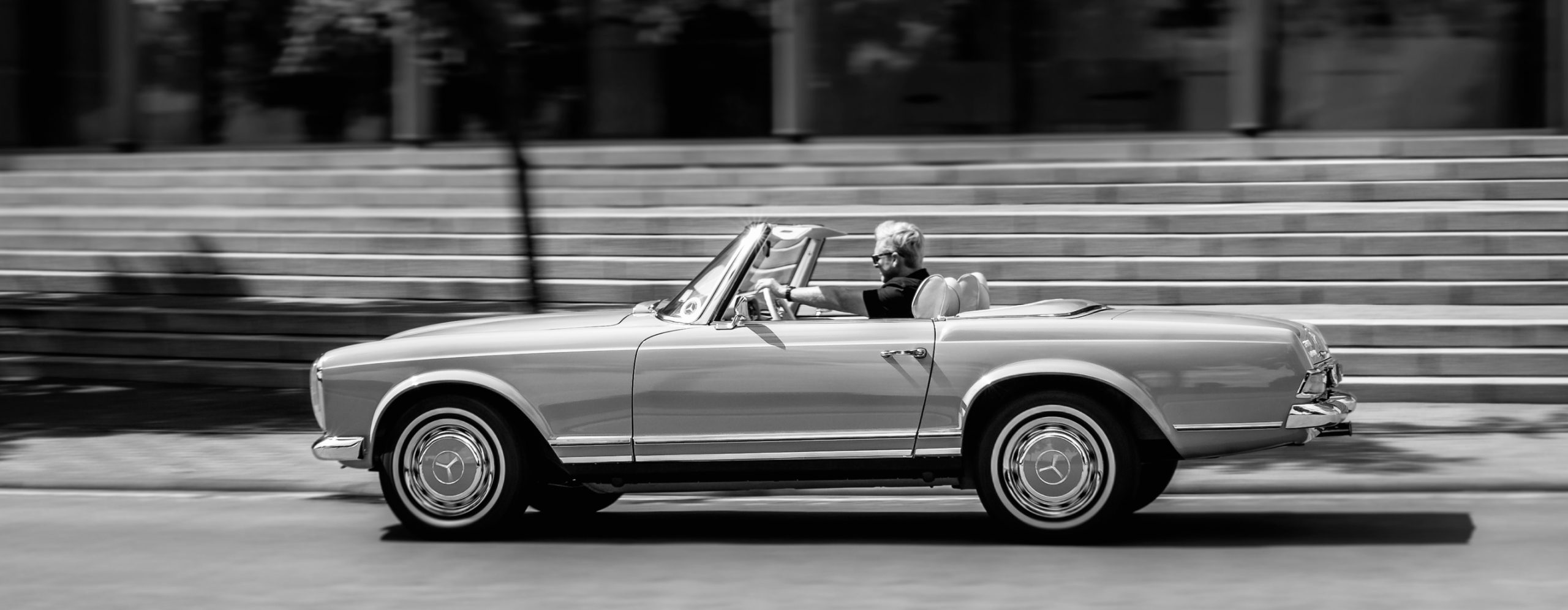
Despite solving a host of complex problems, at the heart of the 280 SL Pagoda’s versatility is simplicity. Simple lines, curves and angles shape the vehicle. Every piece and part serves a purpose, coming together to create something truly elegant and refined. The result is a timeless vehicle that set new standards rarely met – the final iteration of the Pagoda combines sporting performance with touring comfort built to an exceptionally beautiful standard.
